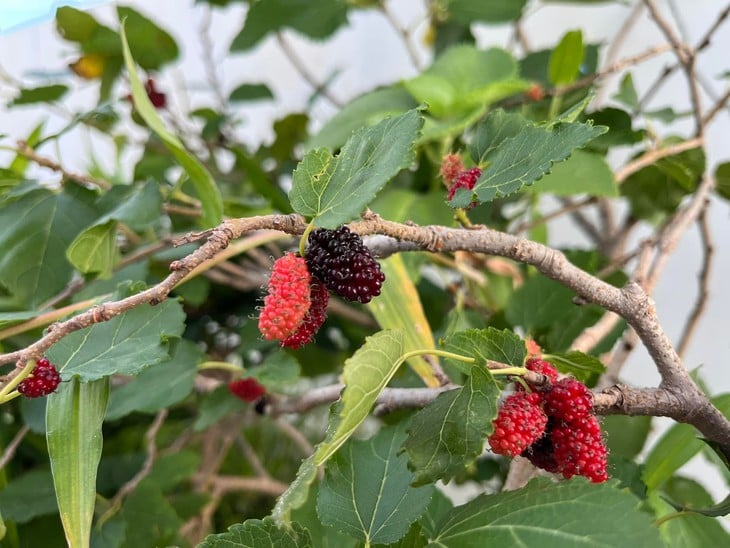
Kuwanon J compound in mulberry tree has potential as an anti-cervical cancer agent - Photo: MINH ANH
According to information from the Indonesian Ministry of Health , Dr. Rahmat Kurniawan at the Sumatera Institute of Technology (SIT) has identified a compound in the mulberry tree that has promising potential in the treatment of cervical cancer.
The compound, named Kuwanon J, is a Diels-Alder conjugate, formed through a biotransformation process involving the enzyme Diels-Alderase.
Dr Rahmat Kurniawan, a lecturer in the Chemistry Research Programme and a member of the biochemistry research group at SIT, said initial laboratory tests have shown that the compound exhibits cytotoxic activity against cervical cancer cells, meaning it can kill or inhibit them.
Mr. Kurniawan emphasized that this study used a combination of plant tissue culture techniques, fungi and bacteria to extract the bioactive compounds. Mulberry plants produce unique phenolic compounds with isoprenyl chains, which act as precursors in the formation of the methyl cyclohexene ring present in the compound Kuwanon J.
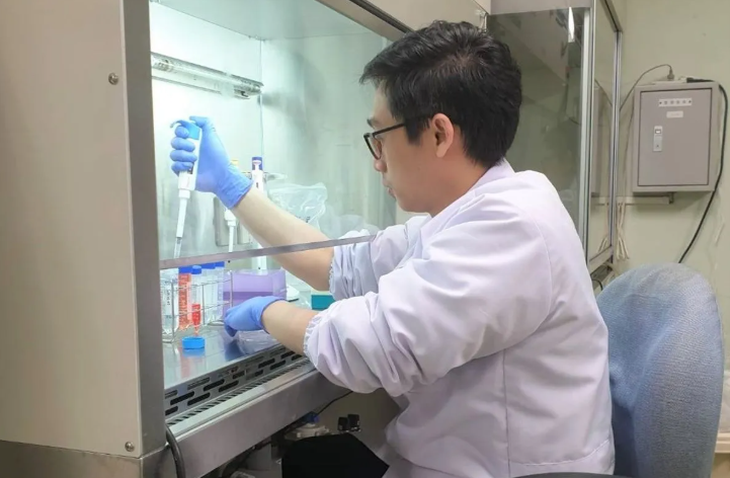
Dr. Rahmat Kurniawan at the Sumatera Institute of Technology is researching compounds in mulberry trees - Photo: AntaraNews
In addition to his work on the mulberry tree, Dr. Kurniawan has studied several other natural compounds with potential anti-cancer properties, including paclitaxel from the mountain cypress (Taxus sumatrana), phytosterols from mangrove oil (Rhizophora apiculata), amyrin from the witches' broom (Callistemon citrinus), and lapachol from Tabebuya (Tabebuia aurea).
According to Dr. Kurniawan, natural compounds are often safer, better with fewer side effects than synthetic drugs.
Source: https://tuoitre.vn/phat-hien-hop-chat-moi-chong-ung-thu-trong-cay-dau-tam-20250710221309112.htm



![[Photo] Cat Ba - Green island paradise](/_next/image?url=https%3A%2F%2Fvphoto.vietnam.vn%2Fthumb%2F1200x675%2Fvietnam%2Fresource%2FIMAGE%2F2025%2F12%2F04%2F1764821844074_ndo_br_1-dcbthienduongxanh638-jpg.webp&w=3840&q=75)
![[Photo] 60th Anniversary of the Founding of the Vietnam Association of Photographic Artists](/_next/image?url=https%3A%2F%2Fvphoto.vietnam.vn%2Fthumb%2F1200x675%2Fvietnam%2Fresource%2FIMAGE%2F2025%2F12%2F05%2F1764935864512_a1-bnd-0841-9740-jpg.webp&w=3840&q=75)







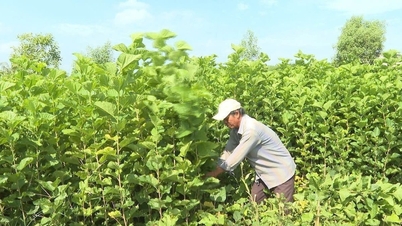



























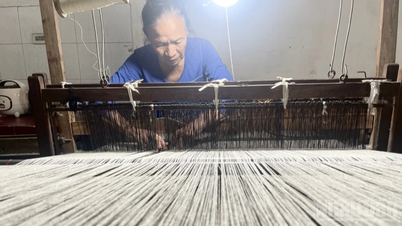




















































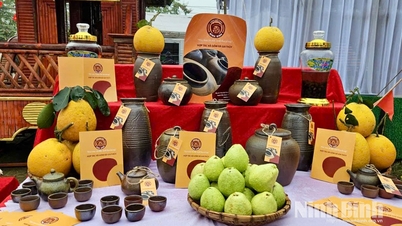



















Comment (0)